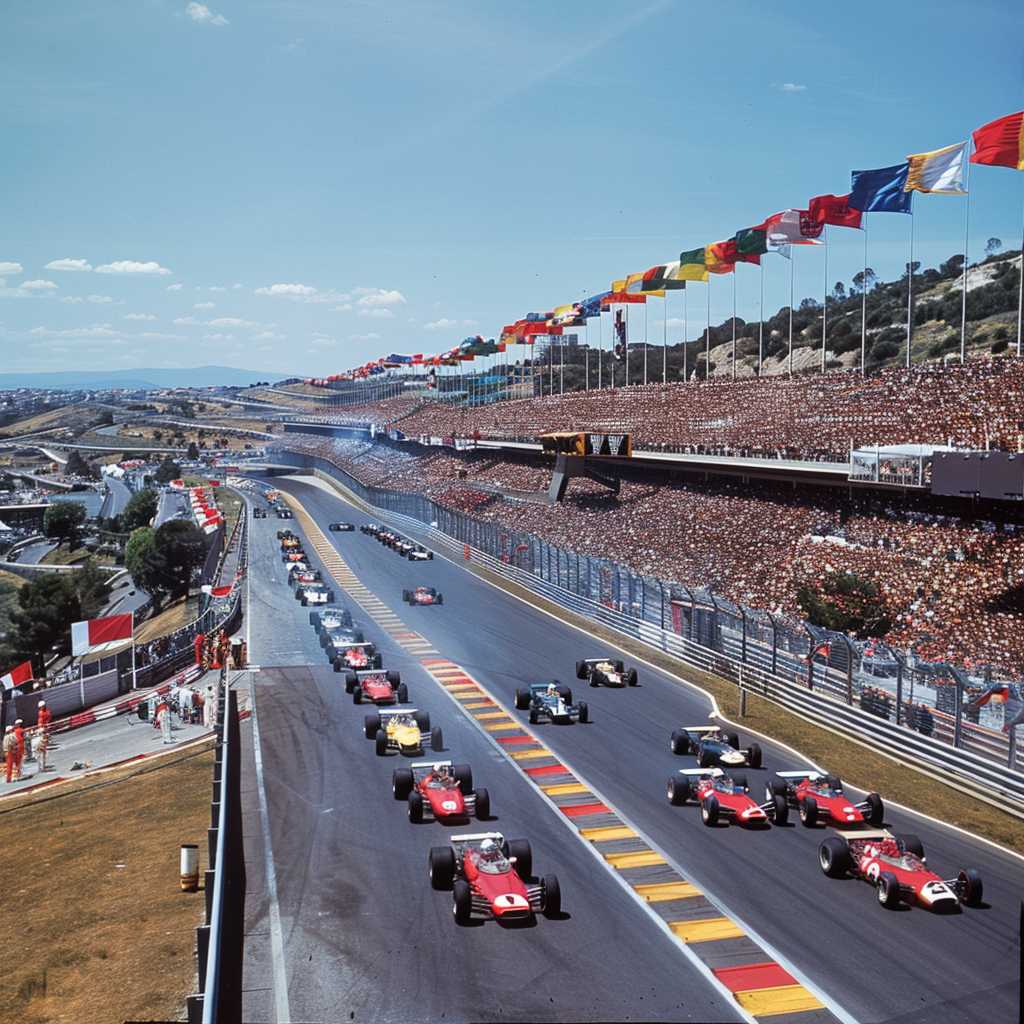Understanding the Formula 1 Qualifying Format: A Detailed Guide
Qualifying is a key component of a Formula 1 race weekend that determines the starting grid for the main event, the Grand Prix. The current format involves a knockout system, which has been designed to increase competitiveness and enhance entertainment for audiences around the globe.
The Evolution of F1 Qualifying Procedures
Formula 1 has seen several different qualifying formats throughout its history. Initially, qualifying sessions were much longer, allowing drivers numerous attempts to set their fastest lap. The objective has always been clear: complete the circuit in the shortest possible time to secure a favorable starting position for the race.
In the early 2000s, a single-lap qualifying was introduced, which despite streamlining the session, reduced on-track action. It wasn’t until 2006 that the current format began to take shape, looking to strike a balance between competitive driving, unpredictability, and spectator enjoyment.
How Does F1 Qualifying Work?
Today’s qualifying is split into three parts: Q1, Q2, and Q3, often held on the Saturday preceding the race. This format creates a tiered elimination process designed to whittle down the field until the fastest drivers are left to compete for pole position.
Q1: The Initial Cull
In Q1, all 20 drivers have 18 minutes to post their best lap times. At the end of this session, the five slowest drivers are eliminated and fill positions 16-20 on the starting grid. Each team and driver must carefully strategize their timing and tire usage to ensure they make it into the next round without compromising their race setup or tire allocation.
Q2: Finding the Sweet Spot
For Q2, the remaining 15 drivers have another chance over 15 minutes to set a time; however, at this stage, the twist comes in the form of tire strategy. The regulation states that the top 10 drivers must start their race on the tires they used to set their fastest lap in Q2 – adding an element of strategic planning with regards to tire choice and preserving tire life. After this session concludes, five more drivers are eliminated, securing grid spots 11-15.
Q3: The Shootout for Pole
The final segment, Q3, lasts for 12 minutes and sees only ten drivers vie for pole position. The intensity increases as drivers push their machines to limit to claim that all-important first spot on the grid. As in previous rounds, timing and the ability to extract maximum performance when it matters are critical.
The Importance of Grid Position
Starting towards the front increases a driver’s chance of success on race day. Air turbulence from cars ahead can slow down following cars (also known as “dirty air”), and overtaking opportunities may be limited based on track layout — making starting positions pivotal.
However, securing pole position does not guarantee victory. Race strategies — including tire choices, pit stops, and coping with variable conditions like weather — can dramatically alter outcomes regardless of qualifying results.
Penalties and Exceptions
Various rule infractions can result in grid penalties, which may affect starting positions post-qualifying. Engine changes or gearbox replacements exceeding certain limitations can lead to drivers being pushed down several slots on race day.
Furthermore, certain exceptional circumstances such as hazardous weather or red flag incidents (where track incidents require immediate session halts) can significantly alter or abbreviate the qualifying process.
Recent Innovations: Sprint Qualifying Trials
F1 continually evolves and adapts its format to make it more engaging. For instance, 2021 included experiments with sprint races replacing traditional qualifying at selected events to determine starting grids — highlighting F1’s dedication to entertaining fans while constantly refining its competitive integrity.
